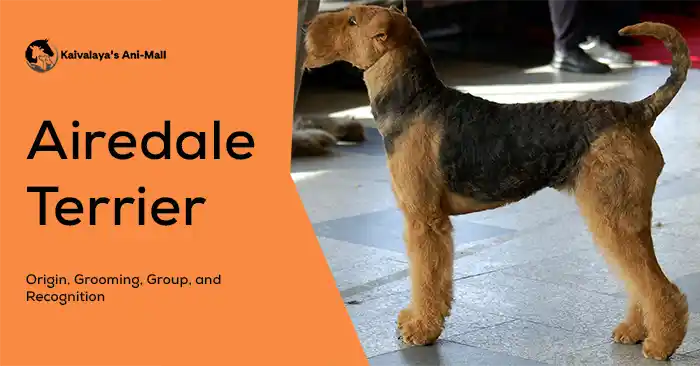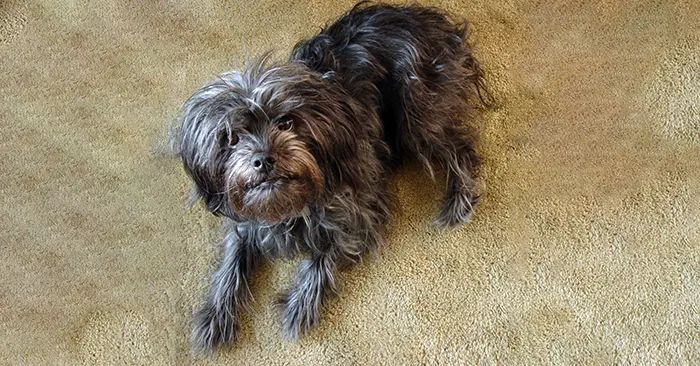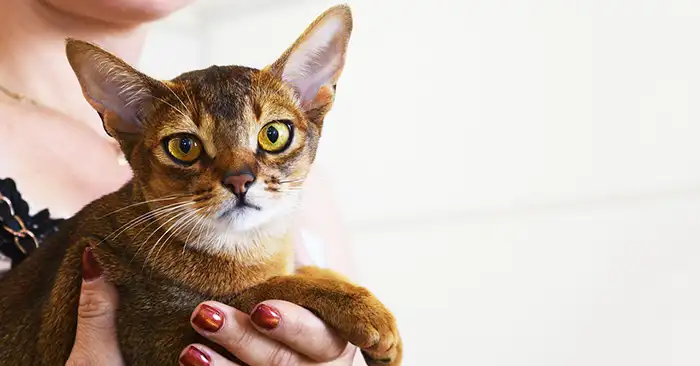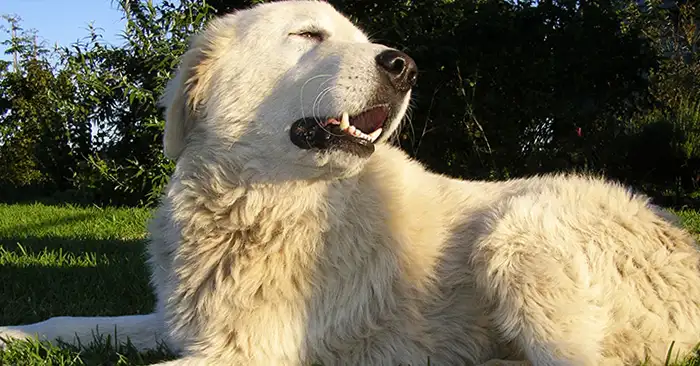Tibetan Mastiff : This breed just looks like a grizzly and a rare and expensive breed. This one is a primitive breed and very loyal to their owners but, can be ferocious if provoked by any danger to their owners. If you think to own this beautiful breed then rethink because it is not for everyone breed. It is a strong, own willed and stubborn breed so, you need to be a confident and experienced dog owner of such breeds.
A red Tibetan Mastiff is even sold in highest price recorded in the world at $1.5 million in 2011 in the dog world. Let’s know more about this mesmerizing breed one which is even referred to as lion sometimes with its big and intimidating size and mane.
Tibetan Mastiff Origin
Tibetan Mastiff is the oldest dog breed in existence and is believed that many large breeds of dogs like Mastiff breeds have its blood. This breed originates from mountain regions of Tibet and are big in size and have thick fur. As this dog breed existed before record keeping about dog breeds, its actual origin is lost in the mists of time. The earliest record about this breed is found around 1121 B.C. when such dog was given as a hunting dog to the Emperor of China.
According to the Agricultural University Laboratory of Animal Reproductive Genetic and Molecular Evolution in Nanjing, China, Tibetan Mastiff bifurcated from grey wolf around 58000 years ago compared to other dogs who bifurcated from grey wolf around 42000 years ago. So, it is the oldest dog breed in world which were present in difficult mountain regions of Himalayas isolated from the rest of the world.
The skulls and bones of large sized dogs have been unearthed in archeological sites dating back to stone and bronze ages. This gives evidence that Tibetan Mastiff kind dogs were present in prehistoric times.
Tibetan Mastiffs were used by nomadic Tibetan tribes of mountains to gaurd properties, livestocks and family from predators. They were tied to gates or rooftops in day time and were let loose at night to patrol. They were also used by Lamaist monks to gaurd monasteries. They were very ferocious in nature and only be able to handled if owner is present neat them. Tibetans call them Do-khyi.
As terrains were difficult and were restricted entry, few people could get into those mountains. The other early description of this breed was given in early 1800s by Samuel Turner.
The first Tibetan Mastiff named Siring was sent by Lord Hardinge from India in 1847 to Queen Victoria introducing breed to outside world of 19th century. In 1873 Kennel Club in England titled this breed as Tibetan Mastiff.
Tibetan Mastiff was registered by American Kennel Club in 2006.
Also Check: Spanish Mastiff Dogbreed, Size, Weight, Puppies, Price in India
Tibetan Mastiff Temperament
Tibetan Mastiff comes from serious gaurding background. They are very protective to owners and their property. They are very reserved for strangers and can be aggressive if they are provoked. Early socialization is must for this breed. As they used to guard livestock, they have the habit to do a job by their own will. If you are not a confident and assertive owner who knows to keep their alpha position then this breed is not for you. They are stubborn and intelligent and therefore, they are not easily trained. They are quite calm, loyal and thrive on companionship. Because they used to loose free at night for guarding till now they are nocturnal. They are mostly relaxing at day time and become active at night. Always keep your Tibetan Mastiff in the leash when outside and never think for once to walk them off leash. Anything can get wrong. At home, you will have to provide secure and fenced space to keep them content. They love to roam especially at night.
They do well with owner’s children and other pets but, will not do well with other people children or pets. Introduction to them should be done with utmost care.
Tibetan Mastiff Physical Appearance
Tibetan Mastiff is a large sized and thick boned dog. They are well muscled. Head is large and wedge-shaped with a blunt and wide muzzle. Males have a moderate dewlap. Coat forms a mane around their necks. Ears are triangular in shape.
They are double coated with soft and woolly undercoat and long and rough outer coat. They have feathery shoulders, upper thigh and tail. The coat colour may or may not be solid. They have wide range of coat colours like black (solid), tan and black, various shades of red and bluish grey with little white markings. Another colour is coming now is described as white but, is pale golden colour.
Tail of Tibetan Mastiff is feathery and curled up on hip.
Tibetan Mastiff Size
Height
- Male – 26 inches or plus
- Female – 24 inches or plus
Weight – 100 to 170 pounds
Tibetan Mastiff FCI Classification
Section – Molossian type, Mountain type
Group no 2
Date of acceptance – 8/22/1961
Country of origin – Tibet (China)
Standard no 230
You May Also Like: South African Boerboel: Origin, Temperament, Health || Chart Polski grooming : A Helpful Guide
Tibetan Mastiff Grooming
For good health of their coat you should brush their coat two to three times a week by slicker brush except the heavy shedding seasons. Brushing will loosen up dead hair. Combing should be done following brushing. Regular grooming is must as they have thick coat and teak and flea treatments are difficult to be effective. They should be given bath once in six weeks.
- You should brush their teeth at least once a week for their good oral health and hygiene.
- Ears should be checked weekly and cleaned with safe dog specific ear cleaner with cotton balls.
- Nails should be trimmed once in a month.
Tibetan Mastiff Nutrition
You can feed your Tibetan Mastiff premium quality grain free commercial dog food of four to six or more cups divided into two portions and offer them twice daily. If you prepare food for your Tibetan Mastiff then it should be high protein and low fat diet from meat. You should add good amount of fruits and vegetables to their diet. Supplements should be provided by consulting your vet.
At last always provide clean water for your dog all the time.
Tibetan Mastiff Training
It will be best if you start training your pup from the beginning. They learn quickly but, because of their independent and stubborn nature, you need to be firm, confident and patient to the first bond with them and then start training your pup. They should be included in your daily activities. They should be trained lovingly, firmly and disciplined. Train your pup with positive reinforcement and rewarding. They bond with owners very quickly. Leash training is too much must for your Tibetan Mastiff pup as they should always be in leash outside to avoid aggressive accidents out of their high protective instincts.
As Tibetan Mastiff is from the gaurding background you need to thoroughly socialise them with everything from strangers to other people children and pets to have a treasured companion in your life.
Tibetan Mastiff Health Challenges
They suffer from some health issues as given below which are mostly genetic.
- Hip dysplasia
- Elbow dysplasia
- Hypothyroidism
- Bloating
- Persistent pupillary membranes and
- Demyelinative neuropathy
- Litter size of Tibetan Mastiff is 6 to 12 puppies.
- Life expectancy of Tibetan Mastiff is 12 to 15 years.
Also Check: Great Pyrene (Mountain) : Origin, Health Problems, Temperament
Old English Mastiff : Origin, Size, Health, Grooming, Training and Diet






